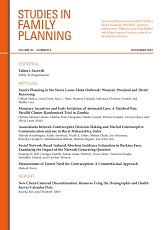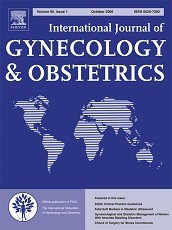LL Wynn, Joanna N Erdman, Angel M Foster, James Trussell

Abstract
This article compares the ethical pivot points in debates over nonprescription access to emergency contraceptive pills in Canada and the United States. These include women’s right to be informed about the contraceptive method and its mechanism of action, pharmacists’ conscientious objection concerning the dispensing of emergency contraceptive pills, and rights and equality of access to the method, especially for poor women and minorities. In both countries, arguments in support of expanding access to the pills were shaped by two competing orientations toward health and sexuality. The first, “harm reduction,” promotes emergency contraception as attenuating the public health risks entailed in sex. The second orientation regards access to pills as a question of women’s right to engage in nonprocreative sex and to choose from among all reproductive health-care options. The authors contend that arguments for expanding access to emergency contraceptive pills that frame issues in terms of health and science are insufficient bases for drug regulation; ultimately, women’s health is also a matter of women’s rights.
Wynn LL, Erdman JN, Foster AM, Trussell J. Harm reduction or women’s rights? Debating access to emergency contraceptive pills in Canada and the United States. Stud Fam Plann. 2007 Dec 07;38(4):253-257.
